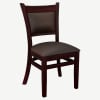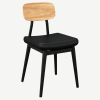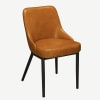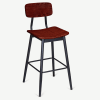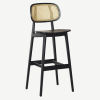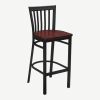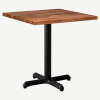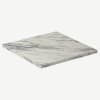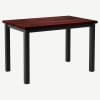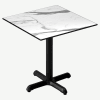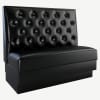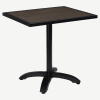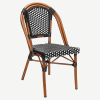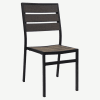Restaurant Booths Guide
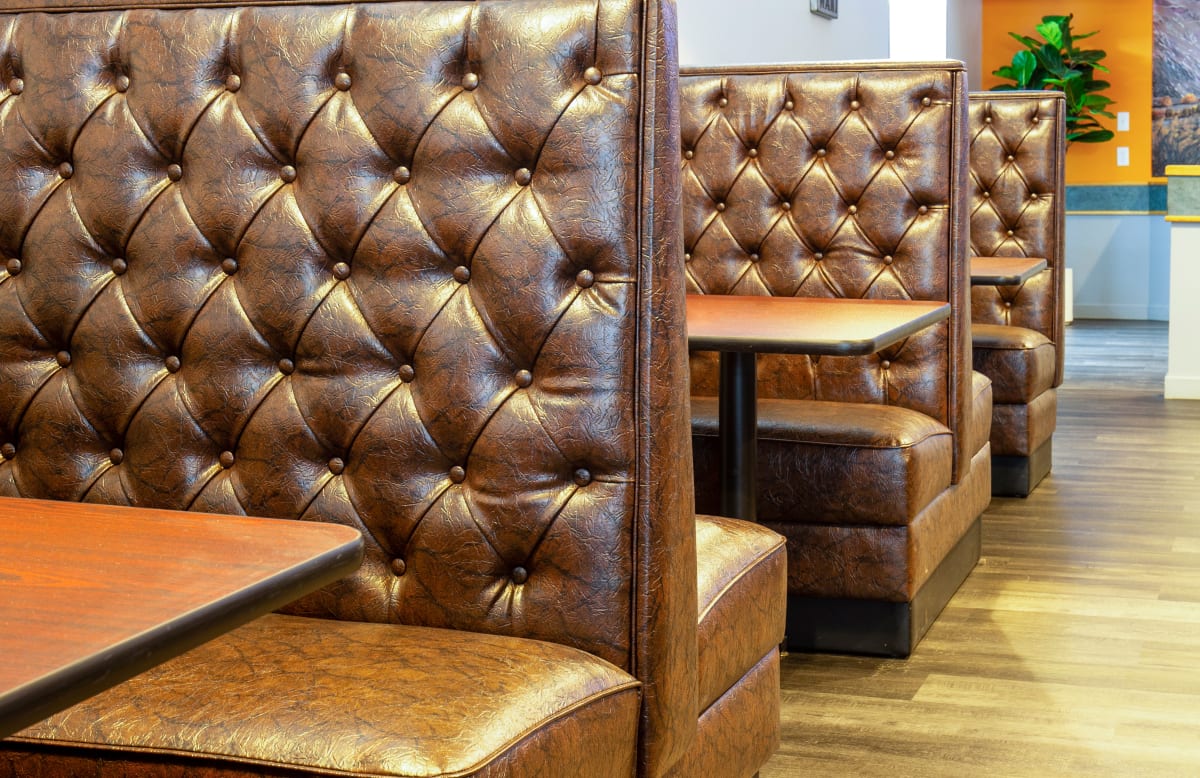
Restaurant booths have become a popular choice for seating customers due to their numerous benefits. These comfortable seating options not only provide a relaxing experience for patrons but also contribute to a more efficient and visually pleasing dining atmosphere. By strategically placing booths throughout the establishment, restaurants can effectively reduce traffic and eliminate the need for servers to constantly navigate around table arrangements, resulting in a smoother and more seamless service.
The Advantages of Restaurant Booths
In addition to their functional advantages, restaurant booths offer a private dining experience that is highly valued by many customers. With their tall backrests and enclosed design, booths create a sense of intimacy and seclusion, allowing diners to enjoy their meal without feeling exposed to the hustle and bustle of the restaurant. Moreover, the aesthetic appeal of booths adds a touch of sophistication and elegance to any establishment, enhancing the overall ambiance and leaving a lasting impression on guests.
When comparing booths to standard seating arrangements, it is evident that the former provide a more comfortable experience for diners. With their padded seats and supportive backrests, booths offer a level of comfort that is unmatched by traditional chairs or bar-height stools. This superior seating option promotes relaxation and encourages customers to linger longer, ultimately benefiting the restaurant by increasing customer satisfaction and potentially boosting revenue.
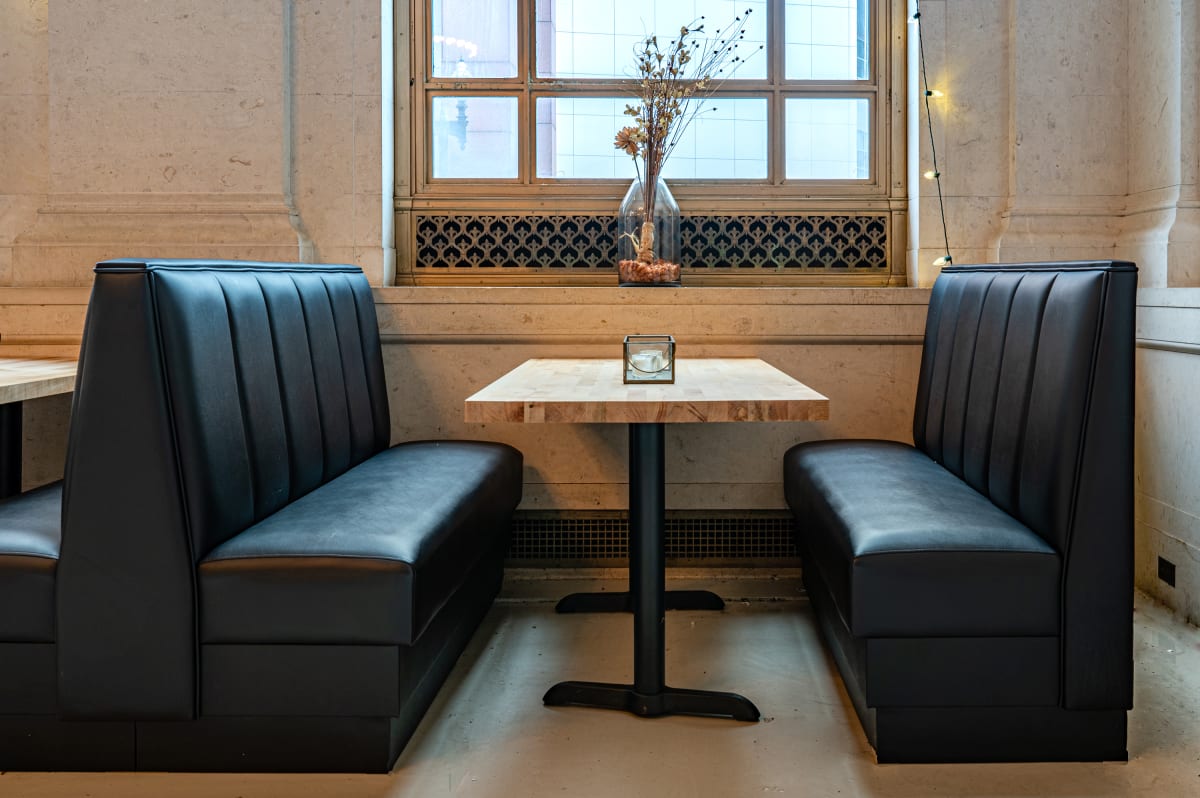
Custom Restaurant Booths
Matching the booth style to the style of the restaurant is essential to enhancing the overall aesthetic and creating a cohesive atmosphere. Here are some key points to consider when selecting booth styles that complement your restaurant's theme:
- Identify your restaurant's theme: Determine the overall style or theme of your restaurant. Is it rustic, modern, retro, industrial, vintage, or perhaps elegant and refined? Understanding your theme will help guide your booth selection process.
- Consider the materials: Choose booth materials that align with your restaurant's style. For a rustic theme, opt for wooden booths with distressed finishes. In a modern restaurant, consider plush vinyl padded booths in dark muted colors. Retro styles can be complemented with vinyl or bright-colored booths, whereas vintage themes often pair well with plush fabric booths.
- Focus on colors: Colors play a vital role in setting the mood and overall aesthetic. Ensure the booth colors harmonize with the restaurant's color scheme. For example, if your restaurant features warm-toned walls and accents, consider booth upholstery in complementing hues. In contrast, monochrome or contrasting colors can add a bold touch in a more contemporary establishment.
- Upholstery patterns and textures: The patterns and textures of booth upholstery can significantly contribute to the style of your restaurant. Simple designs like solid colors or subtle patterns work well for modern or minimalist themes. Floral or retro patterns can enhance a vintage or bohemian atmosphere. Consider textures that align with your theme, such as smooth padded vinyl for an upscale restaurant or textured fabrics for a cozy, casual vibe.
- Booths are available in a wide range of styles, serving to enhance and harmonize with your existing decor. Options include plain back, country style, button tufted, bead board, V-back, channel back, and fan back designs with Each style being well-suited to different interior designs.
What is the Standard Booth Size for Restaurants?
For your convenience we compiled a breakdown of the main booth shapes and their sizes (custom sizes notwithstanding):
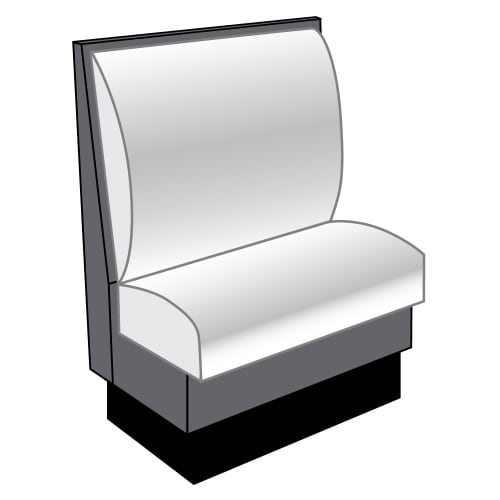
Similar to a single booth but measures 30” instead of 48” long. Known as a single person booth (sits 1).
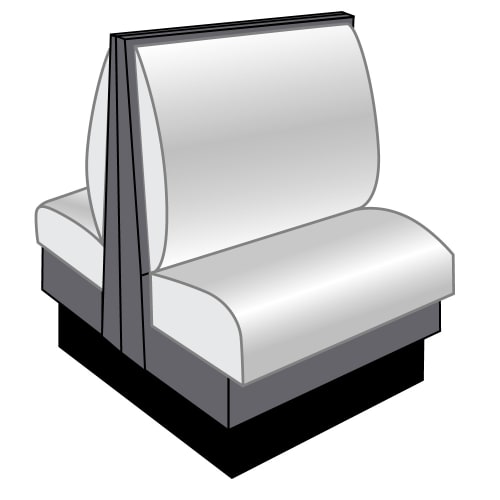
Measures 30” long, in contrast to the standard double booth’s 48” length. Allows two people to sit back-to-back.
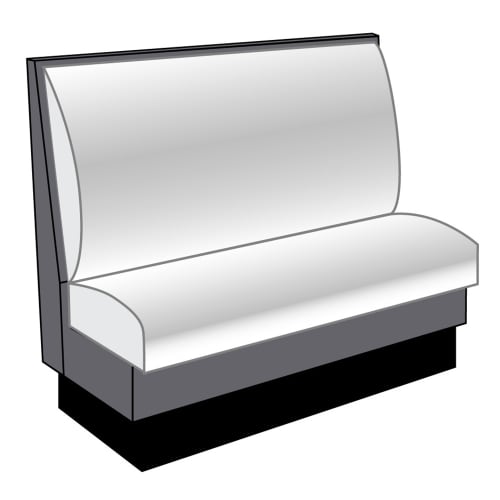
One booth bench. Sits up to two people comfortably side by side.

Sits up to 4 people with 2 people sitting side by side and 2 more back-to- back.
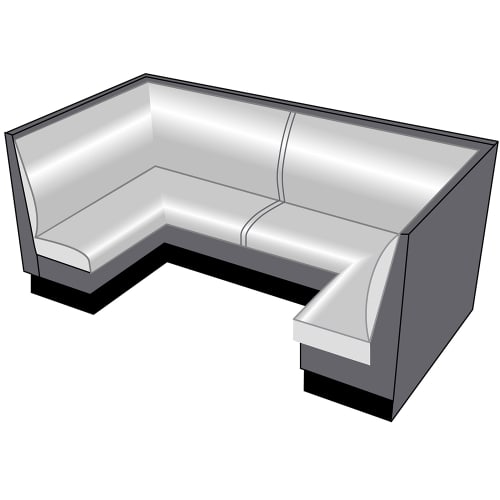
Standard dimensions are 48” x 90” x 48”. Can seat 4 - 6 people
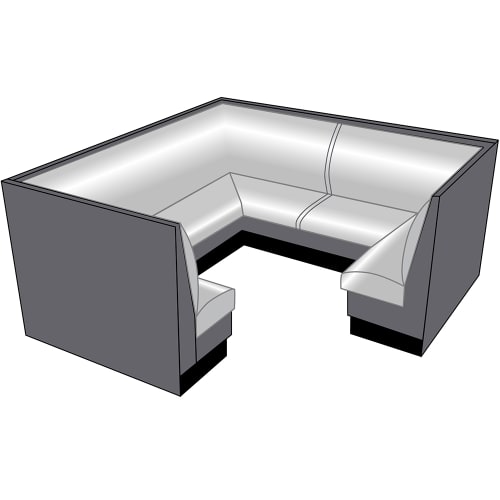
Standard dimensions are 48” x 90” x 48”. Can accommodate 8-10 people and is great for utilizing your space to the max, especially when placed in a corner.

Mostly used in corners and allows for optimal use of space. Number of people that can sit on a corner booth depends on its dimensions. 24" will comfortably sit one person.
What is the Spacing for Booths in Restaurants?
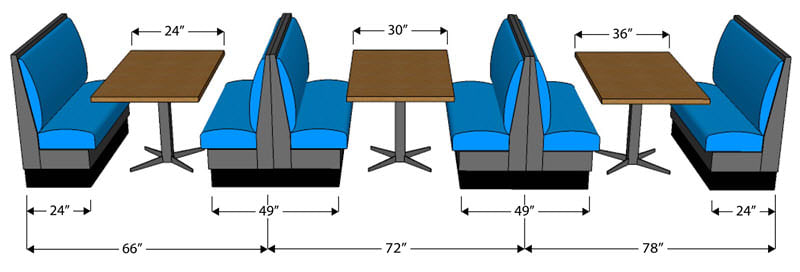
When deciding on the amount of space available in your restaurant to choose the right booth sizes, there are a few factors to consider:
- Layout and Space Planning: Start by assessing the overall layout and dimensions of your restaurant. Consider the available floor space, the shape of the dining area, and any architectural features or limitations that may impact booth placement.
- Seating Capacity: Determine the desired seating capacity of your restaurant. Consider the number of guests you aim to accommodate during peak times. This will help you decide the number of booths needed and their sizes.
- Comfort and Spacing: It is crucial to prioritize guest comfort. Allow enough space between each booth for comfortable movement and ease of sitting down and standing up. The typical distance between tables or booths is around 18-24 inches (45-60 cm), but this may vary based on your specific needs and local regulations.
- ADA Accessibility: Ensure your booth sizes comply with the Americans with Disabilities Act (ADA) guidelines. ADA-compliant booths should have enough space to accommodate wheelchair users, allowing entry and movement within the seating area.
- Aesthetics and Theme: Consider the style and theme of your restaurant when choosing booth sizes. Some themes may call for larger booths to create an intimate or cozy atmosphere, while others may require smaller booths for a more open and casual feel.
- Table Placement: Determine the placement of restaurant tables or other seating options in addition to booths. This will help you strike a balance between booth and table seating, maximizing the use of space while ensuring customer preference and comfort.

Wall benches are an excellent choice for optimizing space as they can be easily attached to walls, freeing up valuable floor space. By combining them with restaurant chairs, you can save even more space and accommodate more clients comfortably. This combination allows for flexibility in seating arrangements and can help maximize the number of customers you can serve.
For small café owners, a single restaurant booth seat can be a great investment. Placing it against a wall not only saves space but also optimizes walk space, making it easier for staff to move around and serve customers efficiently. This option is ideal for businesses with limited square footage, as it allows for an organized and efficient layout that maximizes both comfort and functionality.
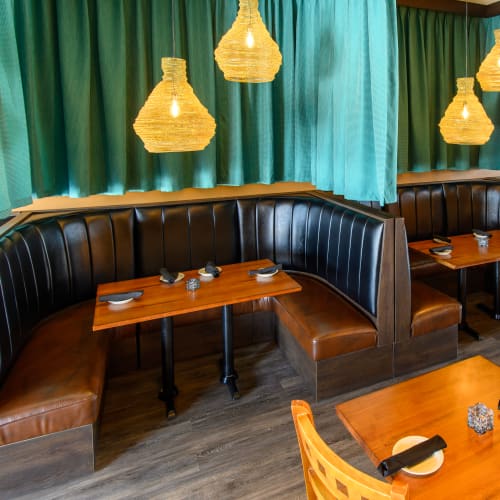
When it comes to seating in large venues, custom booths are often the ideal choice. By opting for a custom booth, large parties can be accommodated with ease, as half circle or three quarters circle booth designs allow for ample seating options. This not only enhances the overall aesthetic appeal of the venue, but also promotes a sense of inclusivity and socialization amongst guests.
Custom booths are particularly beneficial for large restaurants, as they enable the establishment to concentrate seating and provide a smooth flow for the restaurant. With careful planning and strategic placement, these booths can create designated areas within the restaurant, ensuring efficient service and minimizing congestion. This combination of functionality and design flexibility allows for a seamless dining experience, giving restaurants a competitive edge in the industry without compromising on comfort or aesthetics.
Booth Components and Terminology
- Top & End Caps –The caps are placed on the sides and top of a booth to cover the frame. Upholstered caps are standard but you can also upgrade to solid wood / laminate caps. When measuring the booths dimensions the height and length include the top and end caps.
- Head Roll- A cushioned, upholstered component situated at the top of the booth, serving to enhance comfort.
- Crumb Strip- measuring 1.5 inches in width, it is specifically designed to be placed between the back of the booth and the seat. Its primary purpose is to facilitate effortless cleaning.
- Welt Cord – A durable and strong cord stitched to the sides of the seat for both strength and added style.

With extensive experience in helping restaurant owners find the ideal restaurant furniture for their venues, we are confident in our ability to guide you throughout the selection process. Our team has a deep understanding of industry trends and customer preferences, enabling us to provide personalized recommendations that align with your restaurant's concept, aesthetics, and seating requirements. We are dedicated to assisting you in creating a welcoming and enjoyable dining experience for your guests, ensuring your success.


